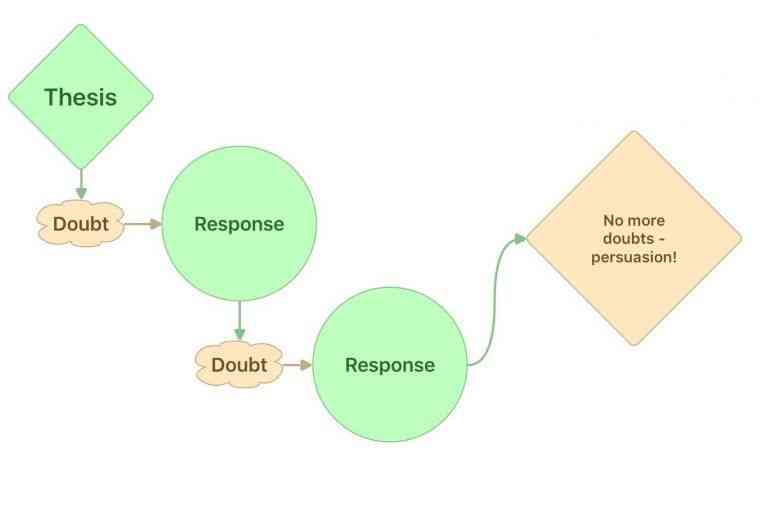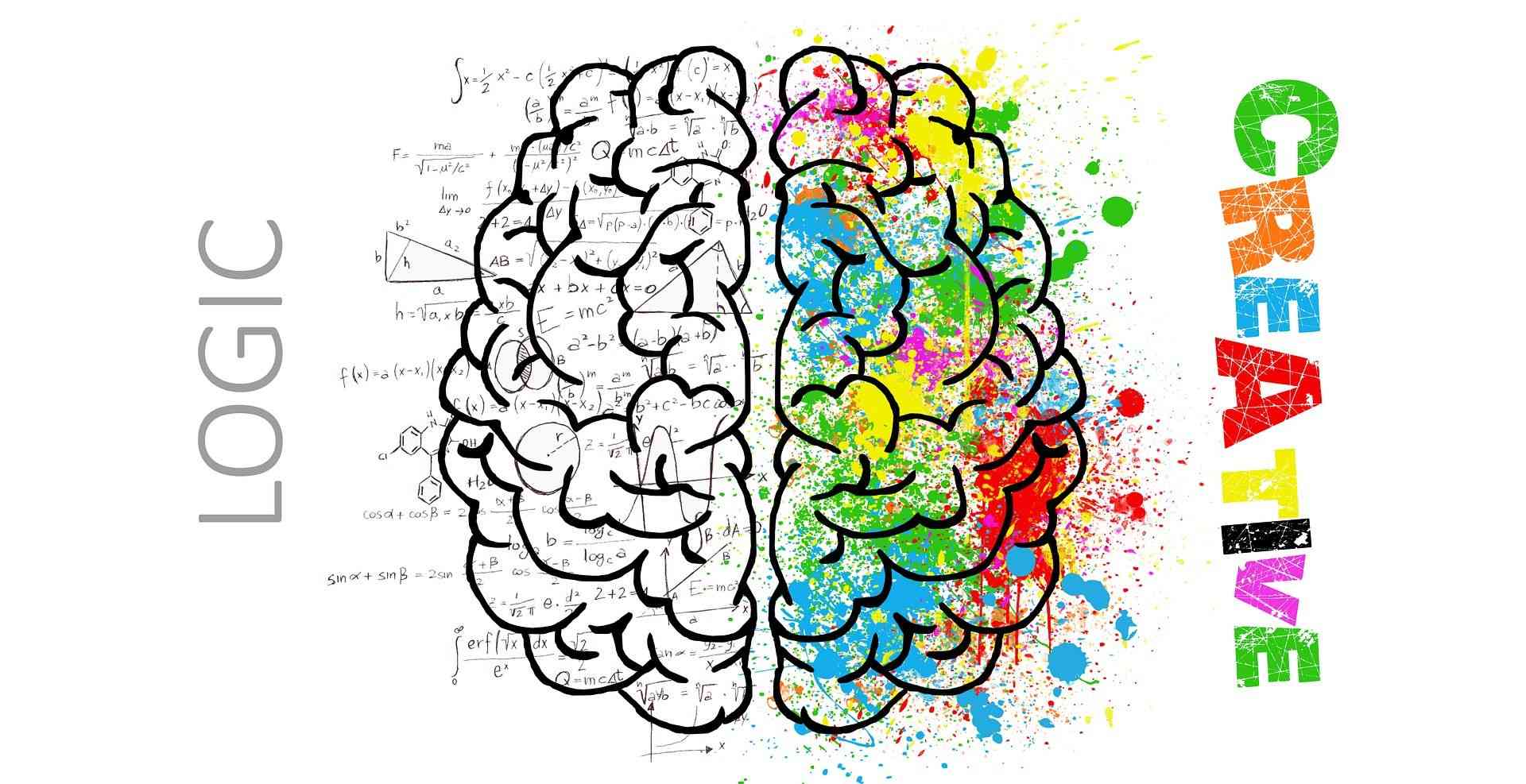By object is meant some element in the complex whole that is defined in abstraction from the whole of which it is a distinction. ~ John Dewey
Logic is a tool to create valid reasoning. It is the study of the forms of inference. Inference is the process of deriving conclusions. Inferences are usually not stated directly; they are connectors between the claims in an argument.
We cannot pass a single day without logic and reasoning. One of your friends is trying to prove your theory wrong? Time to throw some logic at him showing why his claim is invalid. Today we will look at the reality of logic and reasoning from the perspective of philosophy. Now fasten your seatbelt because this journey is going to be very ‘Logical.’
Philosophy of logic is the branch of philosophy which is concerned about the critical analysis, identity, quantification, qualification, existence, modality, truth, reference, and necessity of logic.

There is a considerable variety in logic, abductive reasoning, inductive reasoning, formal logic, and inference are some of them. All logic is based on three laws. They’re known as “Laws of Logic.”
The three rules of logic are:
- Law of identity
- Law of non-contradiction
- Law of excluded middle
Law of Identity:
The law of identity states that everything is related and identical to itself. In other words, if we make a statement that something is true, then it’s true; therefore, it cannot be wrong. For example: If the statement “I am Naim” is true, then it’s true. It cannot be wrong, and I cannot be “David.”
Law of Non-contradiction:
The Law of non-contradiction states that propositions that are contradictory to each other cannot be true at the same time in the same sense. For example, if we say “it’s daytime” in my place, then it cannot be day and night at the same time in my area.
Law of Excluded Middle:
The principle of excluded middle states that any statement can either be true or false. In other words, there is no “gray zone” or “middle ground” between true and false, a statement is either true, or it is false. For example: If a statement is made saying, “Naim is mortal,” then Naim cannot be mortal and immortal at the same time.
Do you think a work of art should be beautiful? Find out by clicking here.
Usually, when we’re talking with someone or making statements, we do so with arguments. In philosophy, an argument is a series of premises or statements. Arguments can be used to establish a theory or break it down. There are many types of arguments, but the most basic ones are:

- Deductive arguments: Built from deductive inferences.
- Inductive arguments: Built from inductive inferences.
- Mixed arguments: Built from both types of inference.
Deductive arguments start from a statement, and as long as that statement is true, the conclusion we derive from that statement is true.
Inductive arguments are kind of predictive statements that are not true, but most probably, they’re true.
For example: I play video games for one hour every day, so I will play for one hour tomorrow. This cannot be certain because I may play for longer, and thus this is not absolute truth but more like a probability. The conclusion I reached was not based on absolute logical certainty but on reasonable expectation.
Logical Fallacies
A fallacy is the use of faulty or invalid arguments. It is the error in reasoning which renders an argument invalid, thus creates a fallacious logic. Logical fallacies are nonsequiturs, meaning, they don’t follow from what preceded it. There are lots of logical fallacies, some of the common ones are:
-
The Straw Man Fallacy: In straw man fallacy, the opponent sets up a “straw” by misunderstanding one's argument and uses that as an attacking point.
Example: Naim: We need to get new authors for the blog.
John: Are you saying our current authors are performing poorly? -
The Appeal to Authority Fallacy: In this fallacy, one sets up an “authority” figure to backs their proposal.
Example: My biotechnology professor said we will soon be immortal. So we’re going to be immortal very soon.
Photo by Ben White / Unsplash -
Ad Hominem Fallacy: It occurs when instead of addressing the argument of the other party, someone is attacking them personally.
Example: My ex lied to me, so everyone in her family is a liar. -
The False Dilemma Fallacy: This fallacy misleads the audience by creating an either/or situation instead of analyzing the whole situation. The false dilemma fallacy concludes that there are not more than two exclusive outcomes.
Example: We either fight back, or we appear weak. -
The Bandwagon Fallacy: This fallacy assumes that just because a significant population believes something is true, it’s true. The problem with this reasoning is a broad acceptance doesn’t justify a claim and it doesn’t take into account if any contrary evidence exists.
Example: Lots of people think unprescribed drugs should be legal, so it should be legal. -
The Fallacy Fallacy: Presuming a conclusion is inherently wrong just because an argument introduced a fallacy.
Example: John’s decision to add new authors is wrong because he showed cherry-picked statistics to back up his claims to get new authors. -
Red Harring Fallacy: Diverting the focus from a critical issue to another “seemingly” essential issue is a red herring fallacy.
Example: You start talking about your excellent performance in the last exam when your dad finds out you just spent way too much money last week and crossed your credit limit. -
The Middle Ground Fallacy: This fallacy tends to take a middle ground between two contradictory subjects. This type of argument completely ignores the act that either of the reasoning can either be true or false.
Example: John: We need to redesign the website.
Enri: The current website theme is perfect.
Naim: Let’s redesign some portion of the website and keep the rest as is. -
The Personal Incredulity Fallacy or Appeal to Common Sense: Assuming something is wrong just because it contradicts someone's personal belief.
Example: Beating the kid will teach him a lesson, so it shouldn’t be wrong to beat your kid. -
The Burden of Proof Fallacy: If someone claims something to be accurate, it is valid until the other party can prove it invalid/wrong.
Example: Enri is a bad guy because nobody called him a good guy.
It is a good practice to avoid fallacies when making a statement to keep an argument healthy.
Sources:
- Logic. Retrieved from https://www.merriam-webster.com/dictionary/logic on 06/18/2020
- 15 Logical Fallacies You Should Know Before Getting Into a Debate. Retrieved from https://thebestschools.org/magazine/15-logical-fallacies-know/ on 06/18/2020
- 15 Common Logical Fallacies and How to Spot Them. Retrieved from https://blog.hubspot.com/marketing/common-logical-fallacies on 06/18/2020
- Logical Fallacies. Retrieved from https://owl.purdue.edu/owl/general_writing/academic_writing/logic_in_argumentative_writing/fallacies.html on 06/18/2020
- What is logic? Retrieved from https://philosophy.hku.hk/think/logic/whatislogic.php on 06/18/2020



